You can plant wildflowers by hand, but it’s sometimes easier to use other methods and equipment if you plan on covering a large area, such as the broadcast method, hydro-seeding, or specialized seed drills and rollers. These techniques will help you evenly disperse the wildflower seed mix, so you don't get a garden full of patches.
Before planting, experts suggest mixing wildflower seeds with some type of organic or mineral carrier, such as sand, at a 3:1 ratio. The mix will make it easier to cover your entire area and distribute the seed evenly to have fewer accidental bare spots during the blooming season.
You should plant wildflower seed at a maximum of one-eighth inch (1/8″). This can be accomplished by raking the area very lightly after planting, or by “pressing” the seed into the soil by stepping on it or rolling it in.
It may seem shallow, but this depth should be secure enough so that the seeds don't come up if there’s heavy rainfall or wind.
Always be sure to read the complete planting instructions on your wildflower mix. Every variety is different, and you want to avoid planting too shallow or deep and accidentally prevent it from germinating.
Mulch may seem optional, but it’s highly recommended for germinating healthy seeds: Mulch helps retain moisture and helps prevent soil erosion from wind or water.
This step is especially relevant if your garden is on a slope because erosion from wind or rain can ruin the fertile topsoil of your garden and move your wildflower seeds, which will create an uneven area.
Depending on the seed or mixes you use, wildflowers will germinate between 1 to 8 weeks after being planted. Some species won’t germinate until after a period of stratification (cold, wet conditions). Stratification can be accomplished naturally as the seeds sit in the soil over winter. There are also artificial stratification methods using refrigeration.
If you live in a dry area with little rainfall, you might need to add water regularly to ensure germination. For best results the seeds and soil should remain constantly moist, but not soaked, during the entire germination period.
If you have planted perennial wildflowers, you will notice a significant difference between the first and second blooming years. Perennials take some time to establish and will look much better in the second year. Take time to water each of these flowers regularly or let rainfall do its job all season long.



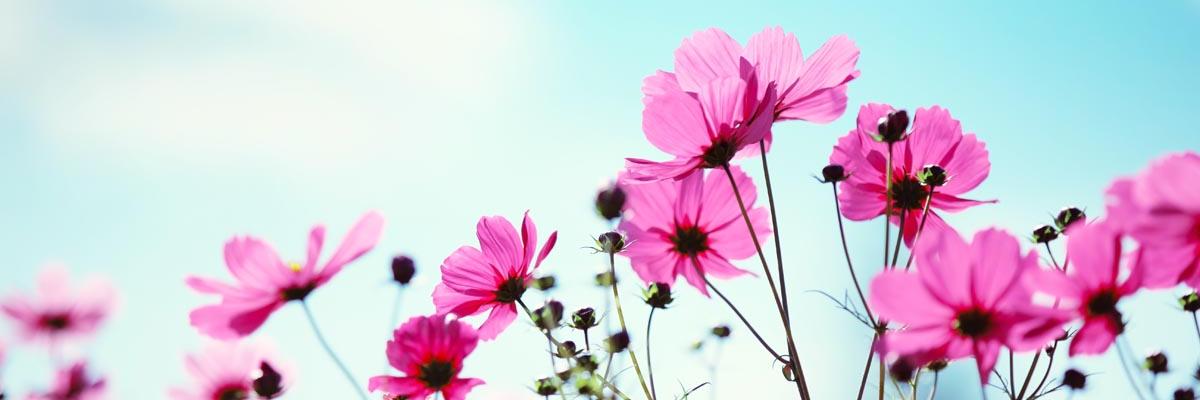
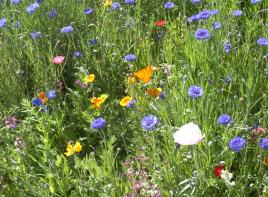

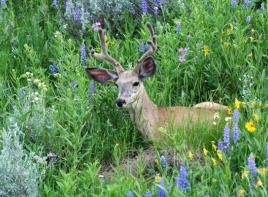









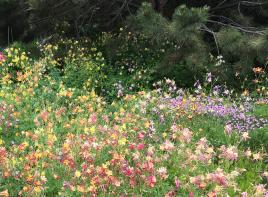





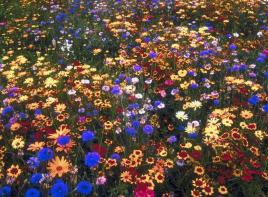





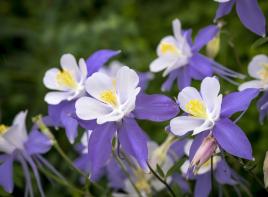

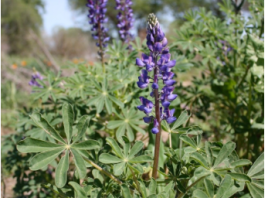



 Wildflowers are easy to maintain.
Wildflowers are easy to maintain.
 Wildflowers are natural pollinators.
Wildflowers are natural pollinators.
 Wildflowers are a great food source.
Wildflowers are a great food source.
 Wildflowers offer medicinal and herbal benefits.
Wildflowers offer medicinal and herbal benefits.
 Wildflowers are good for the environment.
Wildflowers are good for the environment.
 Annuals, Biennials, or Perennials
Annuals, Biennials, or Perennials Think About Important Features
Think About Important Features Consider Your Region
Consider Your Region Decide on Your Planting Season
Decide on Your Planting Season Wildflower Garden Location Matters
Wildflower Garden Location Matters













